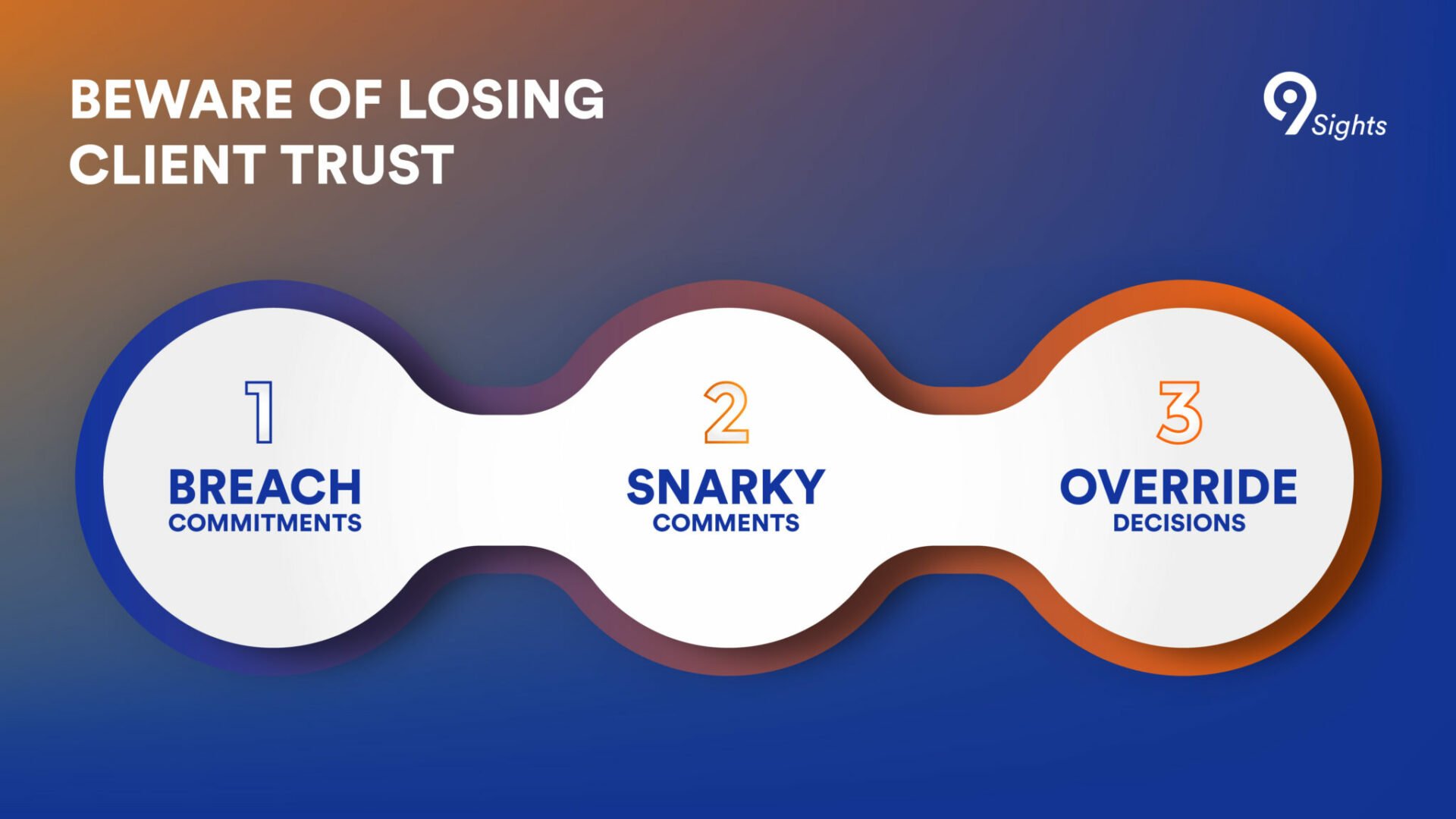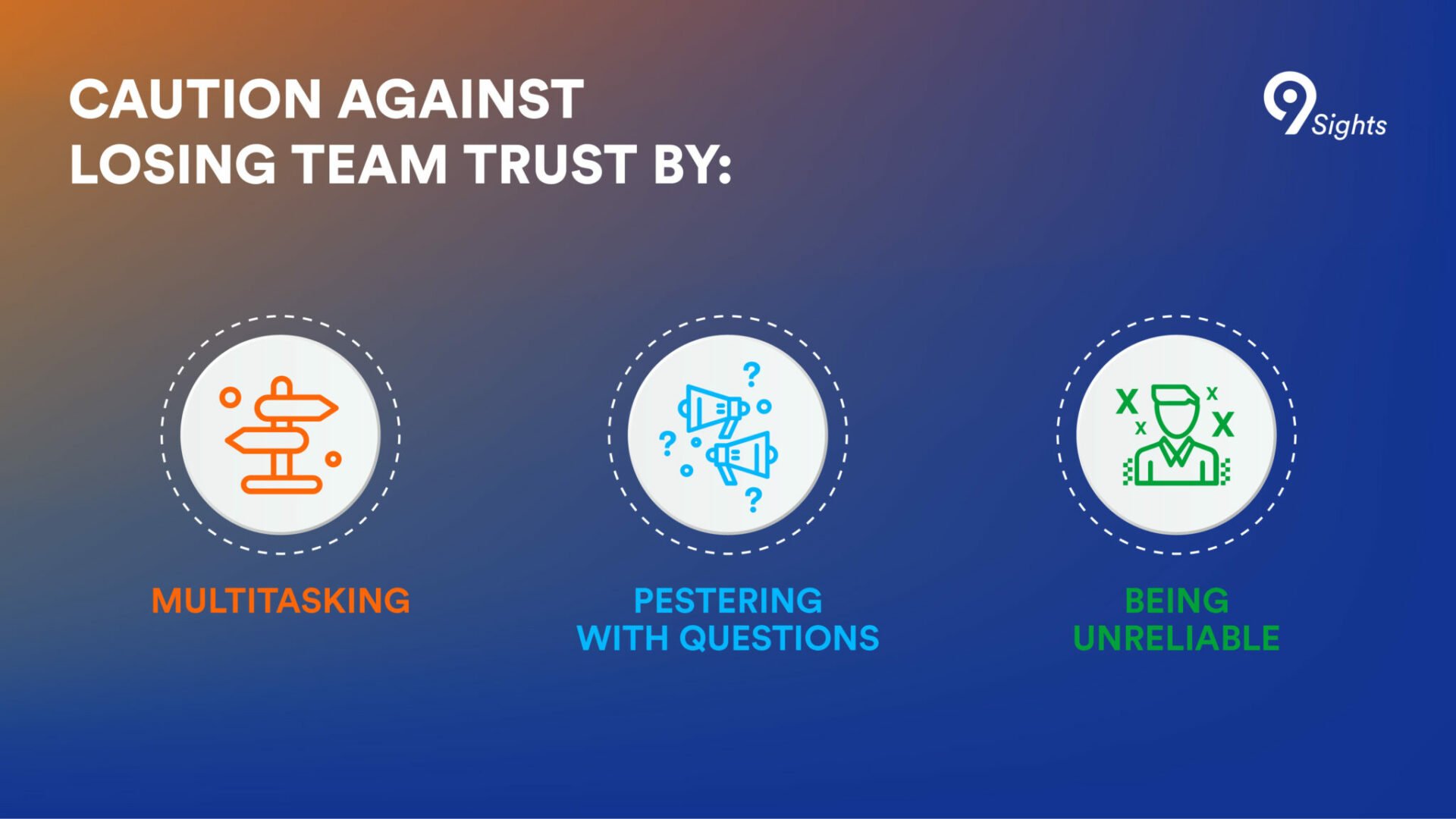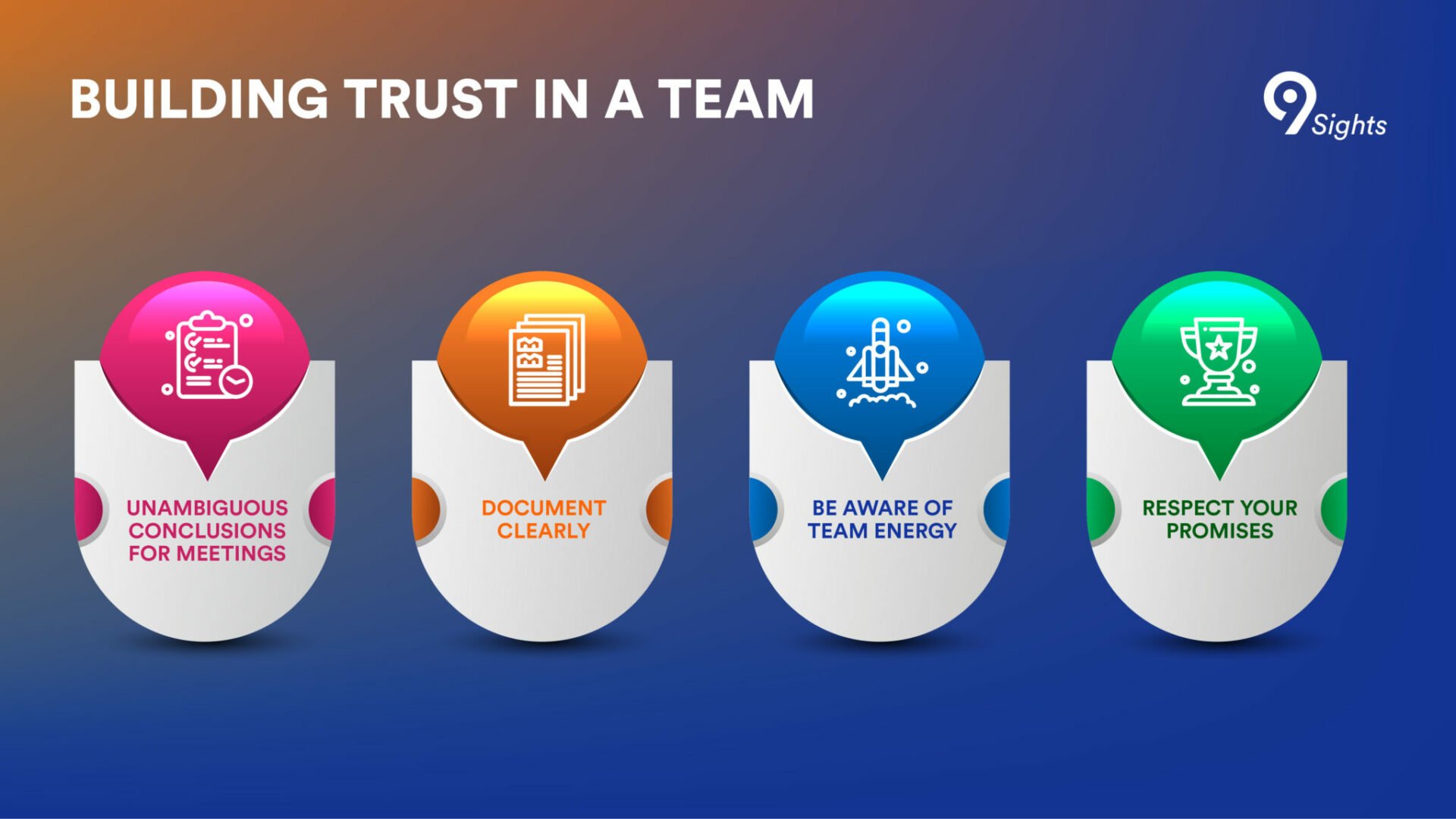Victor Munteanu’s job is to, literally, not trust people. As a Test Architect at Levi9, he often needs to play devil’s advocate, verify releases, and check if something really works even when he is repeatedly assured it does. But he says trust is essential, just like the Force in Star Wars: it’s what makes the teams and projects work. Over the years, he has seen trust painstakingly built and quickly eroded. Recently, he shared his insights about how fragile trust can be, but also how to protect it.
Trust in IT is like the Force in Star Wars
What exactly is trust? How do we define “trust” in a team and how do we define “trust” when it comes to the customer? In the IT context, trust has two important dimensions: trust among team members and trust with stakeholders. Internally, trust among team members refers to the unwavering belief in one another’s dependability, competence, and ethical behavior within the IT team. It promotes effective collaboration, open communication, and a shared sense of responsibility, allowing the team to work cohesively toward common goals.

“Trust in IT is like the Force in Star Wars,” Victor says. “It governs the dynamics of the team and the collaboration with the client.” Where there is trust, communication flows easily, productivity rises, and innovations emerge. Where trust is lacking, projects slow down, frustrations escalate, and relationships deteriorate.
“For me, trust means you rely on someone else to ‘do the right thing.’ The biggest problem is defining for each person what that ‘right thing’ is. Everyone comes from different projects with different standards of what competence and work ethic mean to them.”
A shared sense of ‘doing the right thing’ promotes transparency regarding skill level, work production, and assessments. Trust serves as the foundation for efficient project staffing, execution, and monitoring.
On the flip side, when trust is lacking, it shows itself as stress, micromanagement, and postponed releases due to the need for more supervision. If the team’s capacity to achieve the product vision is seriously doubted, the client relationship may come to an end.

Losing the client's trust
Trust is easily lost. Sometimes all it takes is a stray comment that crosses the line. As Victor reminds, you must “not openly doubt the client’s business” in their presence. Once that seed of distrust is planted, he explains, clients will “feel attacked from the start.” Breaching commitments can also erode trust over time. “A commitment doesn’t necessarily mean you have to do something,” Victor clarifies. “It’s that you give your best effort to the work you have to do.”
Victor cautioned against the following common mistakes that diminish client trust:
- Showing contempt for the client’s business. Critiquing or denigrating the client’s products erodes trust swiftly. Clients want partners who believe in their vision.
- Not keeping commitments consistently. If, sprint after sprint, a team member fails to deliver on their tasks, the client will rightly doubt their reliability. Even small, broken commitments, like not sending a meeting invite as promised, signal untrustworthiness.
- Withholding updates. Giving the silent treatment to a client diminishes trust. This is why teams need to filter and share important updates for clients to feel comfortable about progress. Clients should ask questions too, instead of just expecting one-way communication.
- Undermining the client. Disregarding client directions, however well-meaning, signals distrust in their leadership. Before overriding client decisions, teams need to have a discussion and propose alternatives.
- Saying no instantly to client requests. Dismissing requests outright makes clients hesitant to share ideas later. Even for impossible requests, teams can find the underlying problem and suggest alternative solutions, enabling future collaborations.
In this context, Victor draws a clear line between promises and commitments, which he sees as two different things: “A promise is almost a contract wherein you ensure something will be done. Commitment is promising you will use your abilities to their best to TRY and achieve a result.” His advice is to never commit on the spot. “Even if it’s doable, take the time to understand the need, don’t just agree to do something because you know how to do it”, explains Victor.

Losing the team's trust
Victor remembers a particular situation in which too much trust in the team hurt. It was something as simple as a holiday leave, with another person being left in charge of a release. Unfortunately, the backup person followed outdated documentation, having not done this in awhile and not been kept up to date. “It was a fiasco,” Victor recalls. “Wrong environment, failed tests, wasted effort. But because we didn’t have good handover procedures, the teammate assumed things hadn’t changed.”
A situation like this is one of the many ways that trust can be eroded within a team. Some other common ways include:
- Taking too many tasks simultaneously. Having lots of unfinished tickets leaves the team clueless about what code changes cause what behaviors. It also implicitly signals that others are less competent at tasks.
- Asking the same questions repeatedly. This frustrates colleagues from whom answers are continually sought. Victor advises writing notes, allowing for time-boxed research, and appealing to peer programming only when everything else fails.
- Being continually unreliable. From skipping meetings to not answering messages, disengaging from team interactions excludes members from information flows and erodes reliability.
Trust the process instead
Over the years, Victor decided to rely less on interpersonal trust and more on standardized, documented processes. When exhaustive testing is impossible, testers use sampling techniques to minimize risk, much like standardized processes minimize human error risks.
“I trust processes much more,” Victor said. “To me, this saves a lot of mistakes. And when mistakes happen, you can trace the process to see where things went wrong.” Test automation relies on the same principle, virtually eliminating human error.
For Victor, the key is to “trust that people know and follow the established process.” Some trust in colleagues is still needed, but robust processes leave little room for individual interpretation and deviations. With everything documented, gaps get easily highlighted in retrospect.

How to build trust
Victor acknowledges that trust between clients and team members is still vital to productive partnerships, even though he is in favor of procedural rigor. He picked up some important trust-building principles over the years:
- Send meeting minutes after every meeting. Documenting conclusions and decisions shows the meeting had a purpose and makes the next steps concrete. Without minutes, meetings often feel pointless.
- Detail action plans for ideas. Outlining research, milestones, timelines, etc. displays competence and planning. Clients build trust by seeing how teams can turn visions into reality.
- Make documentation “spicy.” Make sure it follows proper grammar rules and ask someone else to review it for clarity. Otherwise, it might be your future self who reads the documentation and understands nothing.
- Track team signals. Beyond work items, observe team dynamics. Where do collaborations flow easily? Where might frustrations brew? Enable support early.
- Avoid unrequested commitments. Saying “I’ll get that done today” without need pressures team members and erodes delivery trust over time.
- Align on standards together. Teams should meet frequently to discuss and agree upon standards for development, testing, releases, and other related tasks. This allows for constant improvement and new ideas.
“Talk about it!”, is one of Victor’s key advices. “Share opinions with your team about what can be done to make sure you have a good process that everyone can follow. Make sure you establish that process so that you don’t set up people to fail.”
Still, Victor knows there is no perfect formula to guarantee trust in teams. Processes, automation and, in the end, good team communication help to minimize uncertainty and keep trust flowing when it matters.

